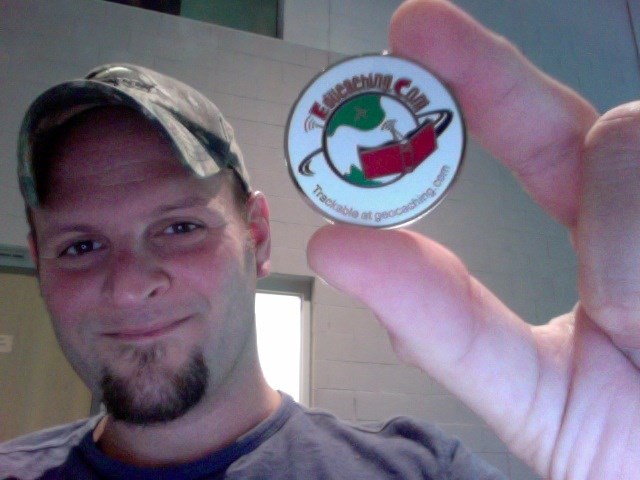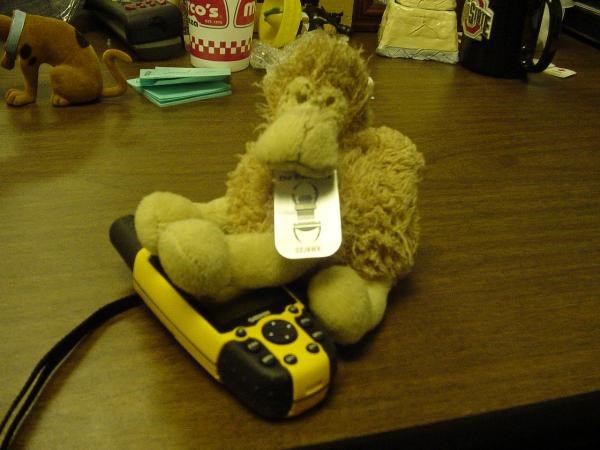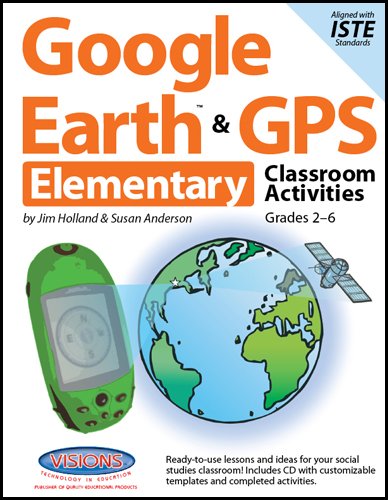Thanks to the folks at Educaching, here's a list from their
new website as to how their curriculum meets Common Core Math standards:
Educaching and Common Core Mathematics
Problem solving is at the root of Educaching! The curriculum incorporates mathematical reasoning, constructing, modeling, reasoning, and using tools strategically. Students must attend to precision in their mathematics, otherwise they cannot find what it is they’re looking for! And Educaching provides the student engagement and motivation necessary to navigate the waters of the common core. The Educaching curriculum can act as an incredible support beam for teachers. Here is an overview of the domains in grades 4-8 that Educaching specifically undergirds:
Grade 4:
Operations and Algebraic Thinking
Number and Operations in Base Ten
Measurement and Data
Solve problems involving measurement and conversion of measurements from a larger unit to a smaller unit.
Represent and interpret data.
Geometric measurement: understand concepts of angle and measure angles.
Geometry
Mathematical Practices
1. Make sense of problems and persevere in solving them.
2. Reason abstractly and quantitatively.
3. Construct viable arguments and critique the reasoning of others.
4. Model with mathematics.
5. Use appropriate tools strategically.
6. Attend to precision.
7. Look for and make use of structure.
8. Look for and express regularity in repeated reasoning. Operations and Algebraic Thinking (4.OA)
Grade 5
Operations and Algebraic Thinking
Number and Operations in Base Ten
Measurement and Data
Convert like measurement units within a given measurement system.
Represent and interpret data.
Geometric measurement: understand concepts of volume and relate volume to multiplication and to addition.
Geometry
Mathematical Practices
1. Make sense of problems and persevere in solving them.
2. Reason abstractly and quantitatively.
3. Construct viable arguments and critique the reasoning of others.
4. Model with mathematics.
5. Use appropriate tools strategically.
6. Attend to precision.
7. Look for and make use of structure.
8. Look for and express regularity in repeated reasoning.
Grade 6
The Number System
Geometry
Statistics and Probability
Mathematical Practices
1. Make sense of problems and persevere in solving them.
2. Reason abstractly and quantitatively.
3. Construct viable arguments and critique the reasoning of others.
4. Model with mathematics.
5. Use appropriate tools strategically.
6. Attend to precision.
7. Look for and make use of structure.
8. Look for and express regularity in repeated reasoning.
Grade 7
Ratios and Proportional Relationships
Expressions and Equations
Geometry
Draw, construct and describe geometrical figures and describe the relationships between them.
Solve real-life and mathematical problems involving angle measure, area, surface area, and volume.
Mathematical Practices
1. Make sense of problems and persevere in solving them.
2. Reason abstractly and quantitatively.
3. Construct viable arguments and critique the reasoning of others.
4. Model with mathematics.
5. Use appropriate tools strategically.
6. Attend to precision.
7. Look for and make use of structure.
8. Look for and express regularity in repeated reasoning.
Grade 8
Geometry
Understand congruence and similarity using physical models, transparencies, or geometry software.
Understand and apply the Pythagorean Theorem.
Solve real-world and mathematical problems involving volume of cylinders, cones and spheres.
Mathematical Practices
1. Make sense of problems and persevere in solving them.
2. Reason abstractly and quantitatively.
3. Construct viable arguments and critique the reasoning of others.
4. Model with mathematics.
5. Use appropriate tools strategically.
6. Attend to precision.
7. Look for and make use of structure.
8. Look for and express regularity in repeated reasoning.








